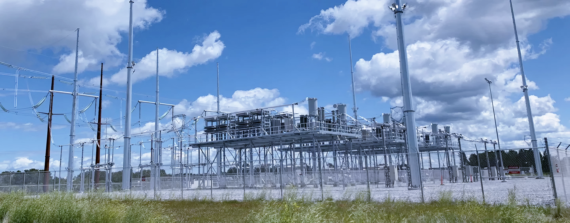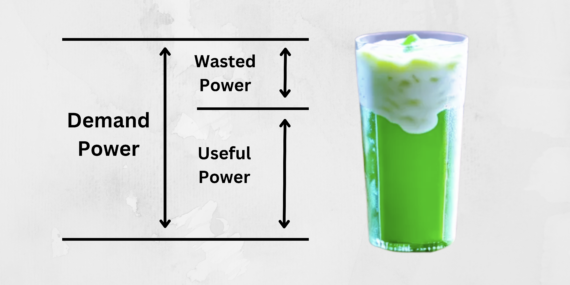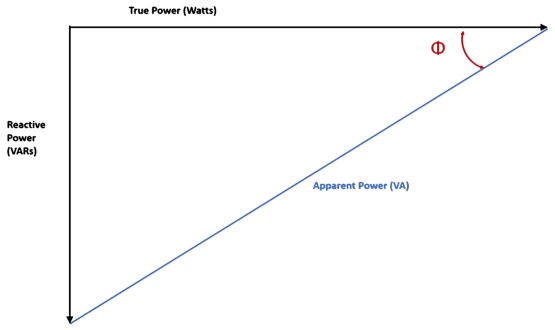- Empty cart.
- Continue Shopping

What actually constitutes power factor and why is it of significance?
Explaining Power Factor, Essential Understanding
What defines power factor and what is its significance? Let’s start explaining power factor.
Power factor embodies the efficiency of energy utilization and is commonly expressed as a percentage. A lower percentage implies less effective utilization of power.
Power factor (PF) denotes the ratio between active power, measured in kilowatts (kW), and apparent power, quantified in kilovolt amperes (kVA). Apparent power, also termed demand, gauges the power consumed by machinery and equipment over a specific timeframe. It is derived by multiplying (kVA = V x A), with the outcome expressed in kVA units.
Elucidating Power Factor and Its Importance
Power factor elucidates the relationship between actual power consumed within a circuit and the apparent power supplied to that circuit. An efficiency level is indicated by a power factor of 96%, surpassing the efficiency denoted by a power factor of 75%. In several regions, a power factor below 95% is considered inefficient.
Explaning Power Factor in Practical Terms
The mug symbolizes apparent power (kVA) – the demand-based power, comparable to what the utility delivers.
In an ideal 100% efficient scenario, the demand would match the available power. If demand exceeds available power, it strains the utility system. Many utilities impose demand charges on significant consumers to offset supply-demand disparities, particularly when supply falls short of demand. Usually, demand is calculated based on average load over 15 to 30 minutes. Inconsistent demand necessitates more reserve capacity, unlike constant loads.
Peak demand signifies the peak usage period, posing a challenge for utilities to cater to all customers’ peaks. Consuming power during peak demand can disrupt supply unless sufficient reserves exist. Thus, utilities bill based on peak demand. For substantial customers, the highest peak might be applied across the billing period.
Utilities levy extra charges on entities with low power factors. Reduced efficiency costs are akin to driving a fuel-inefficient vehicle. Lower power factors indicate circuit inefficiency, escalating operating expenses. Elevated operating expenses heighten the chance of utility penalties for excessive consumption. In AC circuits, power factors never reach one due to impedance in power lines.
Calculating Power Factor
Calculating power factor necessitates a power quality analyzer or power analyzer measuring active power (kW) and apparent power (kVA). The power factor is the ratio of kW to kVA.
Power factor can be expressed as:
PF = (True power)/(Apparent power)
OR
PF = W/VA
Where watts measure effective power and VA gauge supplied power. The ratio represents effective power to supplied power.
The Essence of Power Factor and Its Implications
To calculate power factor, you need a power quality analyser or power analyser that measures both working power (kW) and apparent power (kVA), and to calculate the ratio of kW/kVA. The power factor formula can be expressed in other ways: PF = (True power)/(Apparent power) OR PF = W/VA Where watts measure useful power while VA measures supplied power. The ratio of the two is essentially useful power to supplied power, or: What is power factor and why is it important? As this diagram demonstrates, power factor compares the real power being consumed to the apparent power, or demand of the load. The power available to perform work is called real power. You can avoid power factor penalties by correcting for power factor. Poor power factor means that you’re using power inefficiently. This matters to companies because it can result in: Heat damage to insulation and other circuit components Reduction in the amount of available useful power A required increase in conductor and equipment sizes Finally, power factor increases the overall cost of a power distribution system because the lower power factor requires a higher current to supply the loads.






